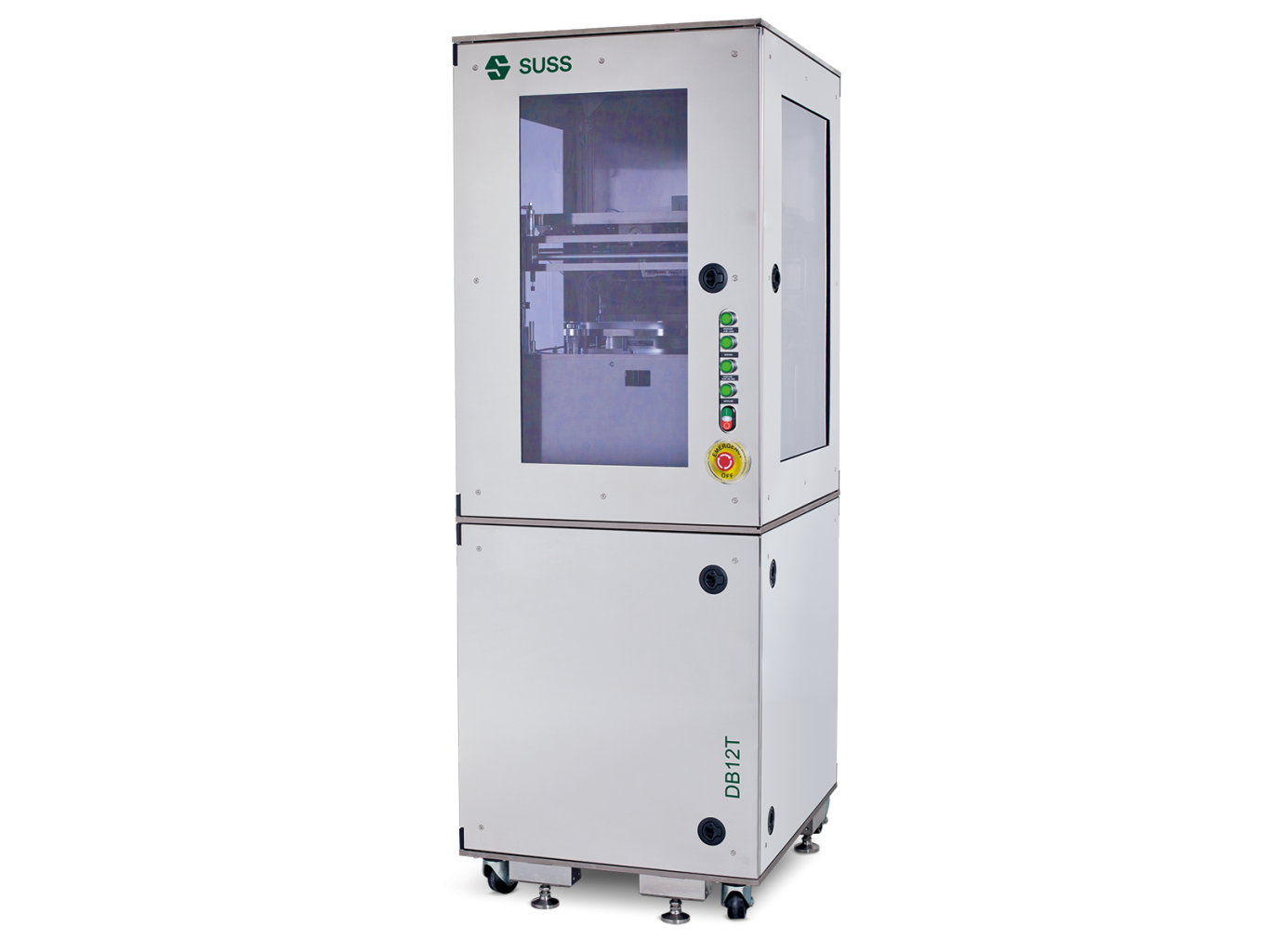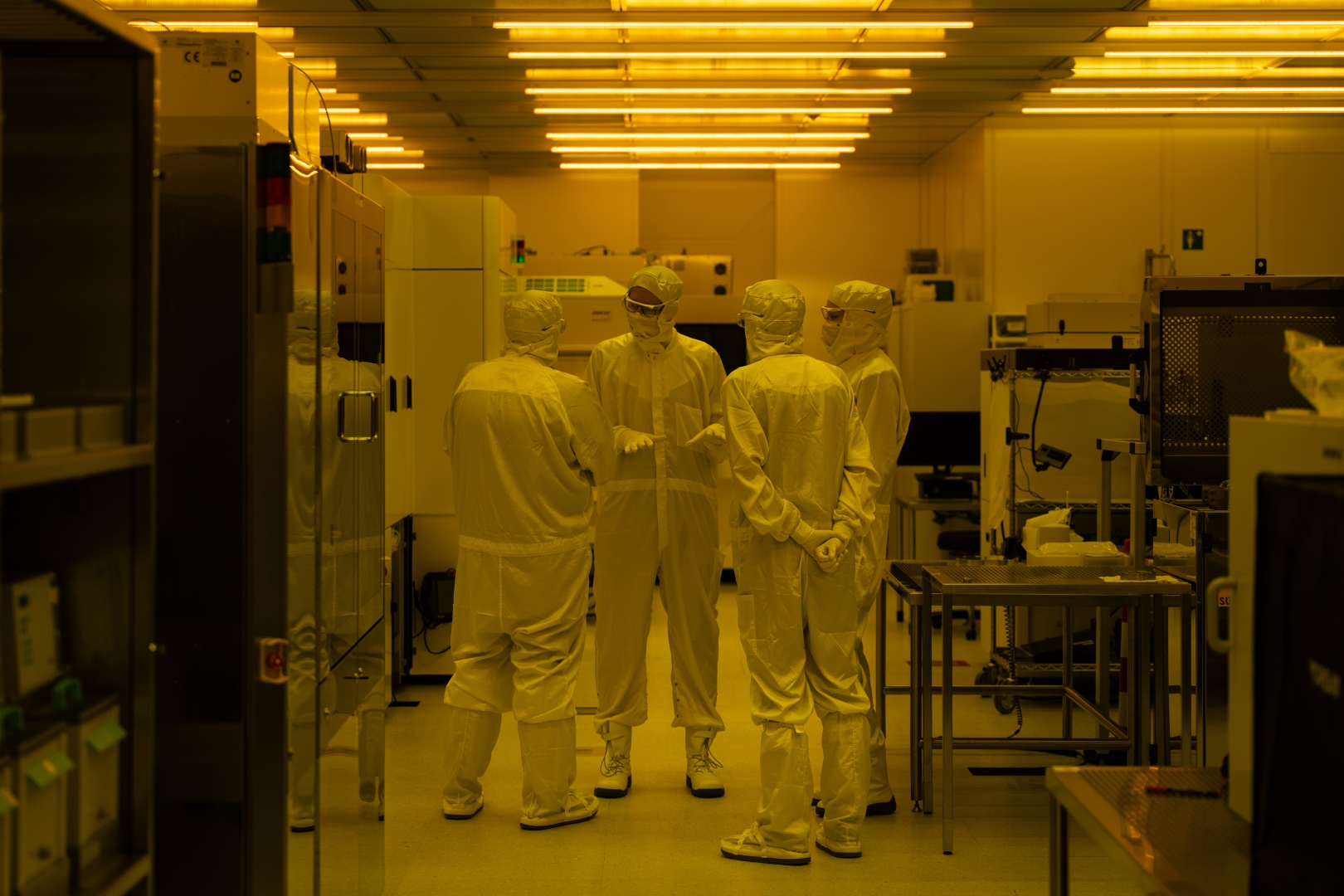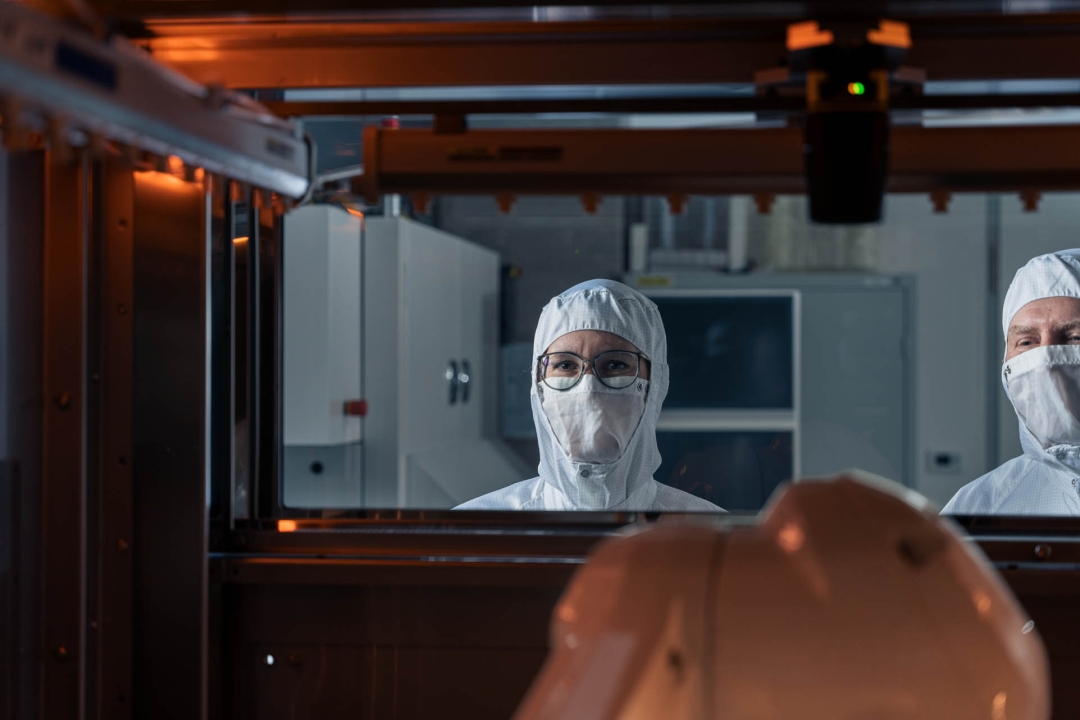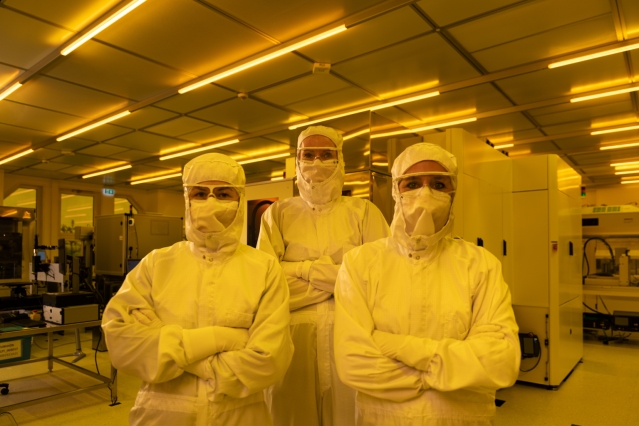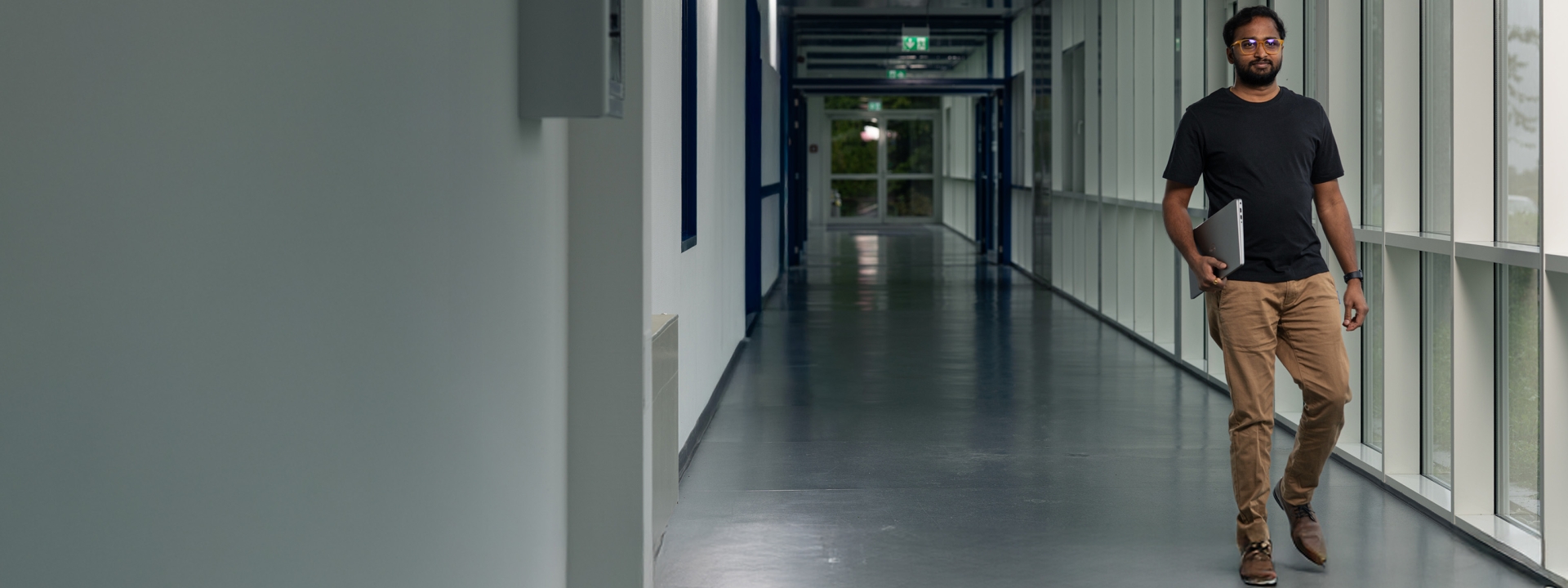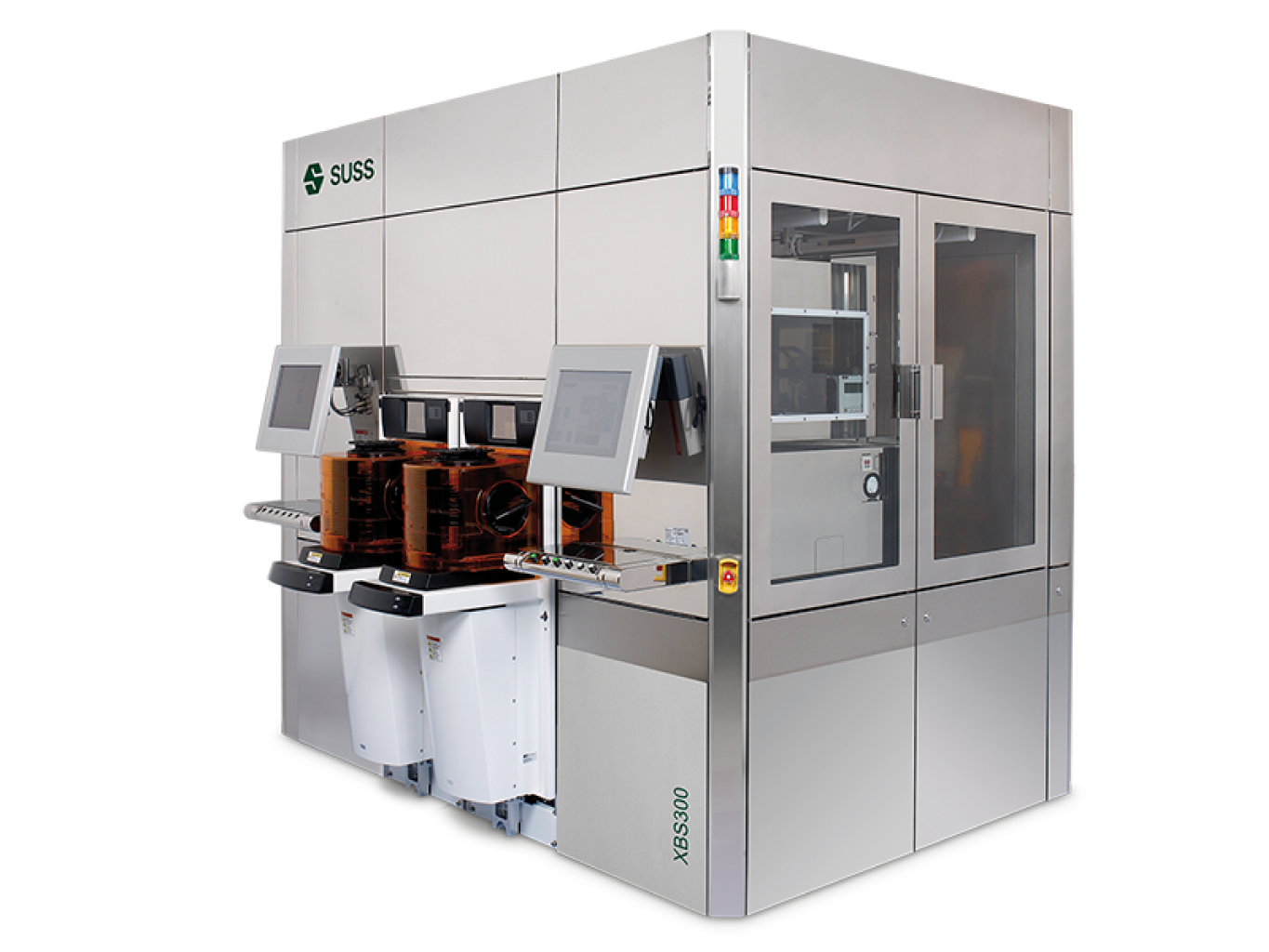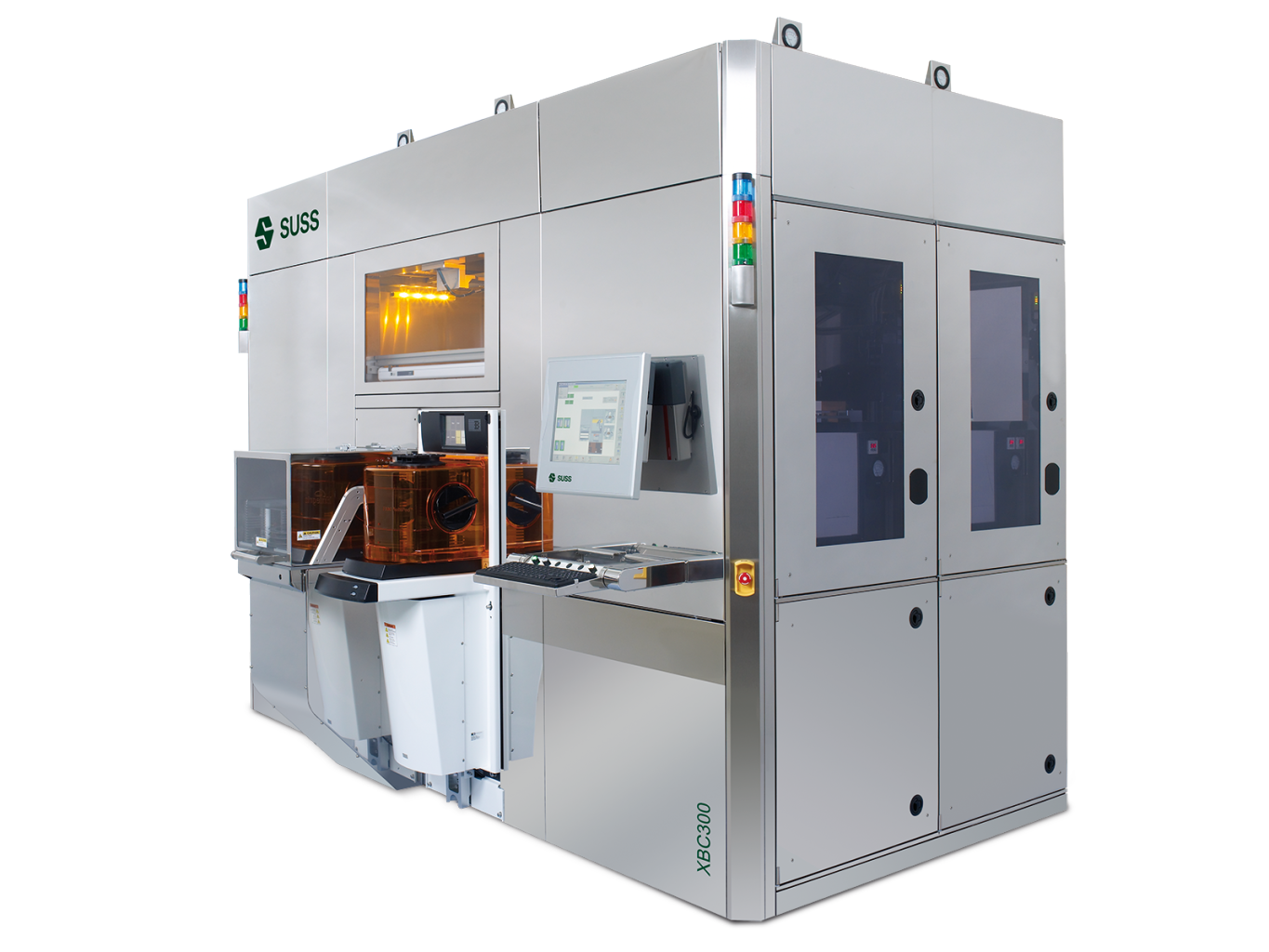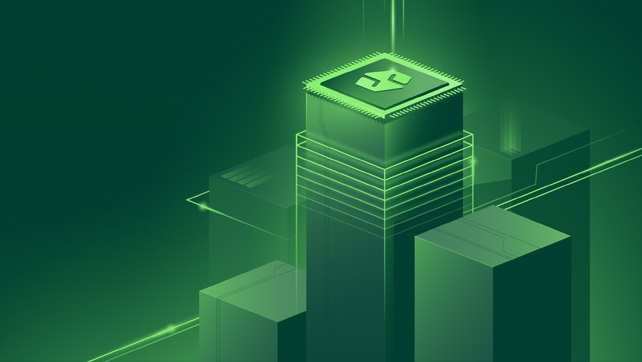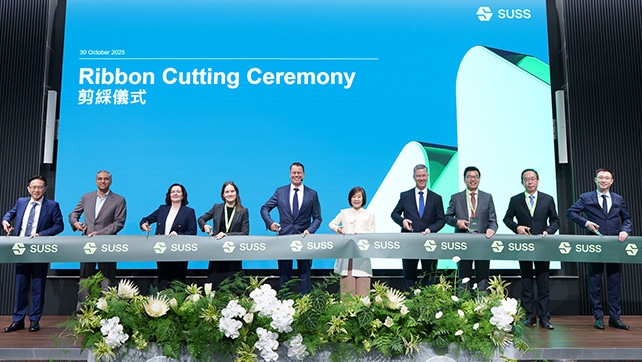Debonding solutions
DB12T Debonder
The DB12T debonder is a state-of-the-art solution for mechanical peel-off debonding at room temperature. The system separates support carriers from tape-mounted wafers as thin as 50 µm or even below. Available tooling options support wafer sizes from 4" to 12", as well as various carrier materials such as glass or silicon.
